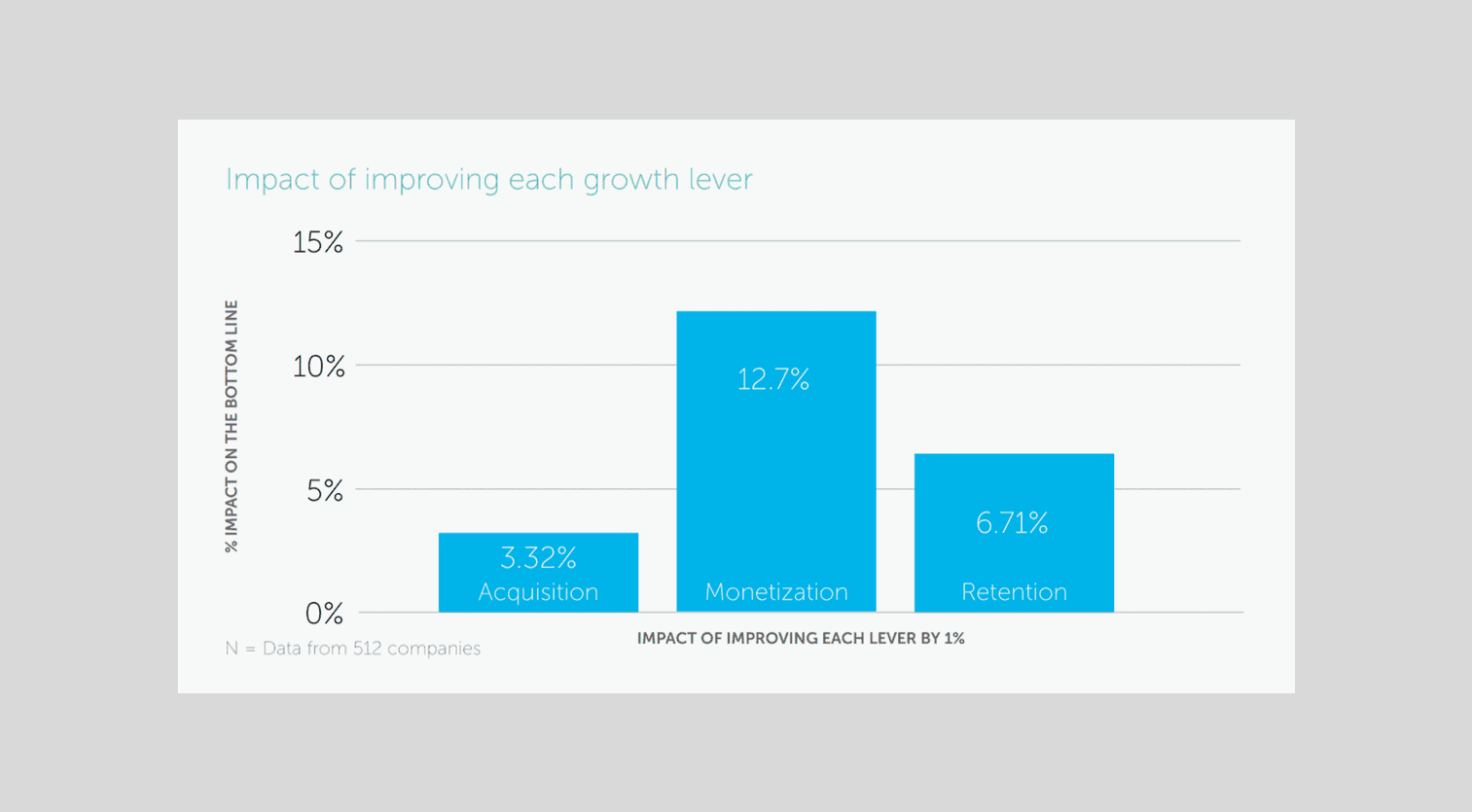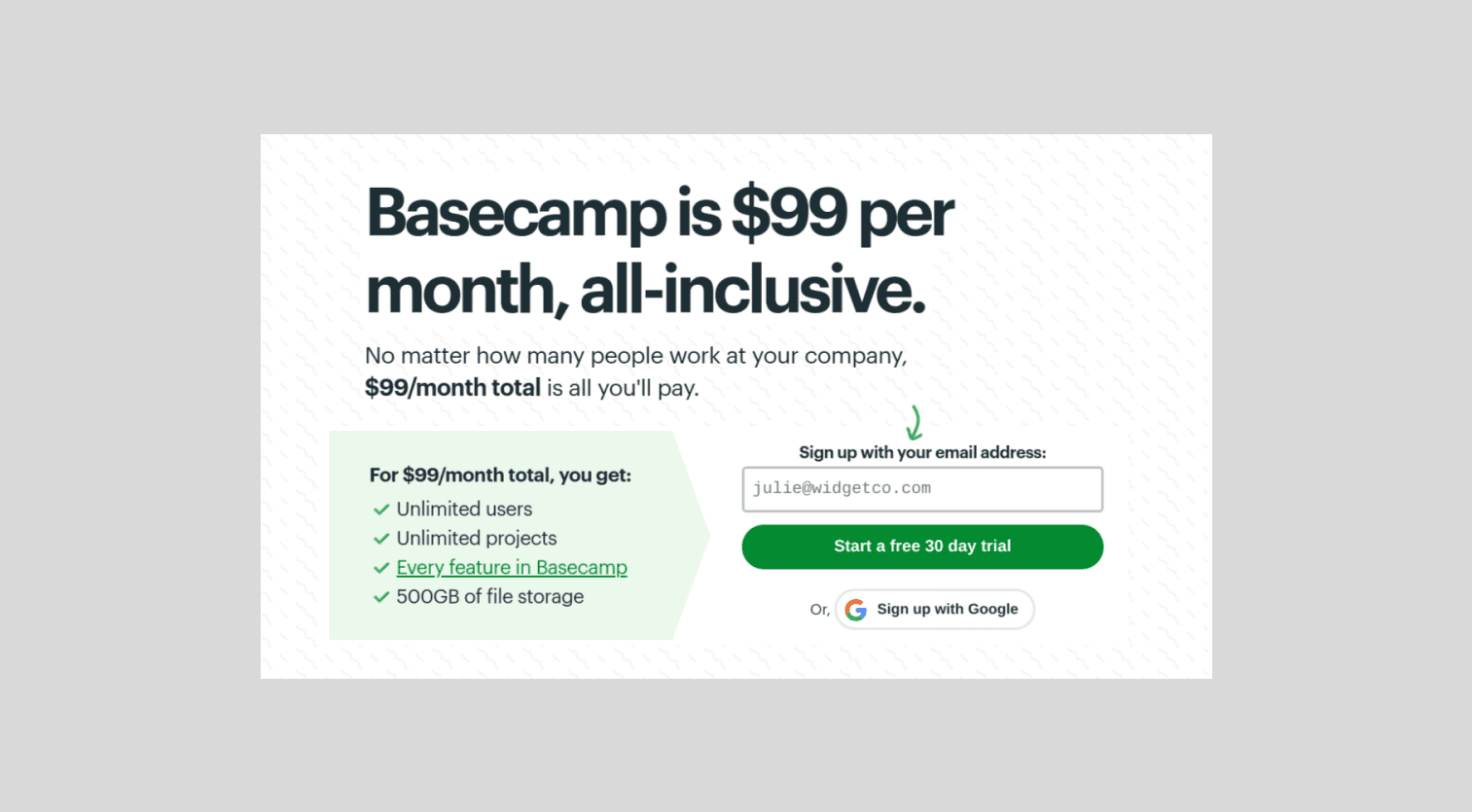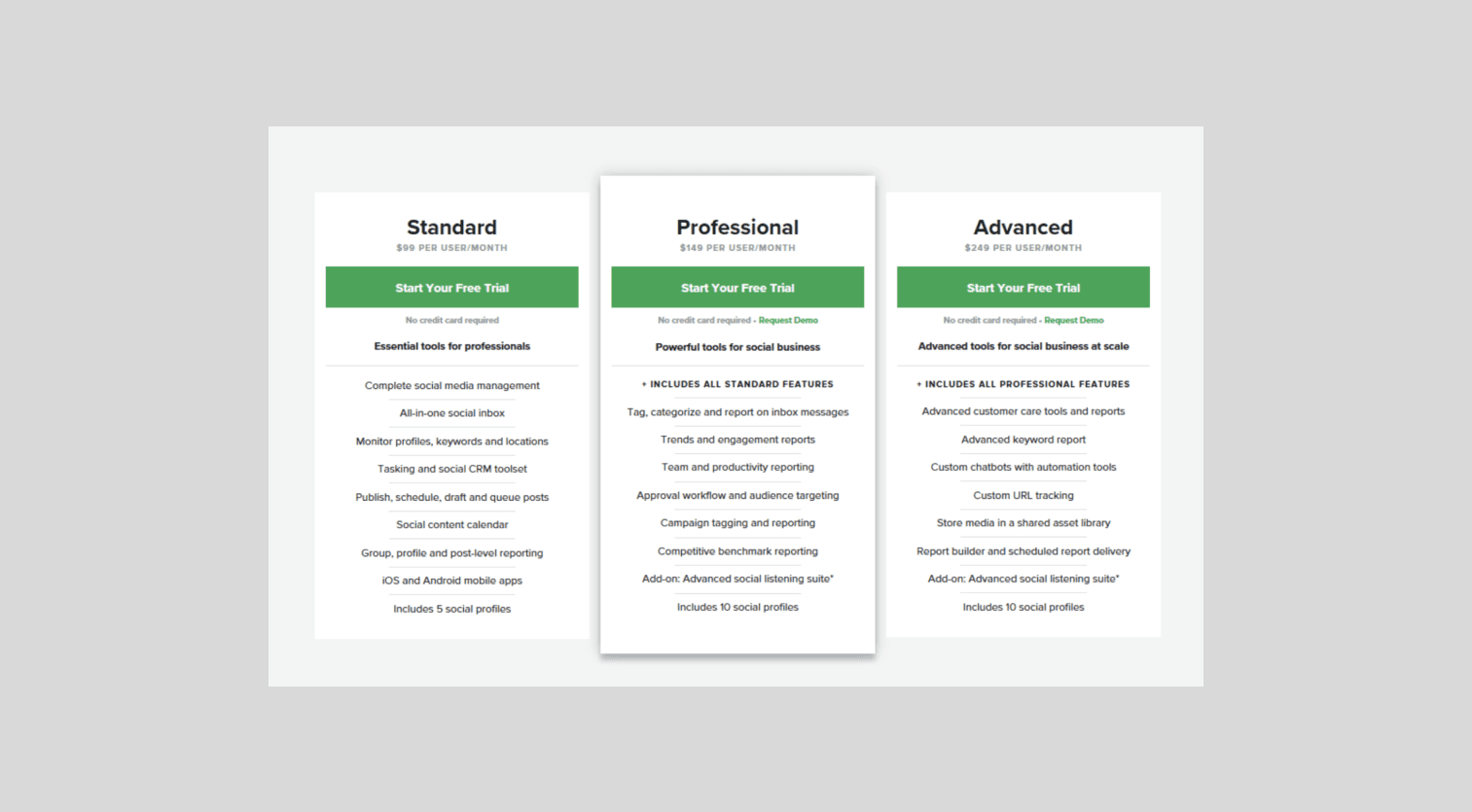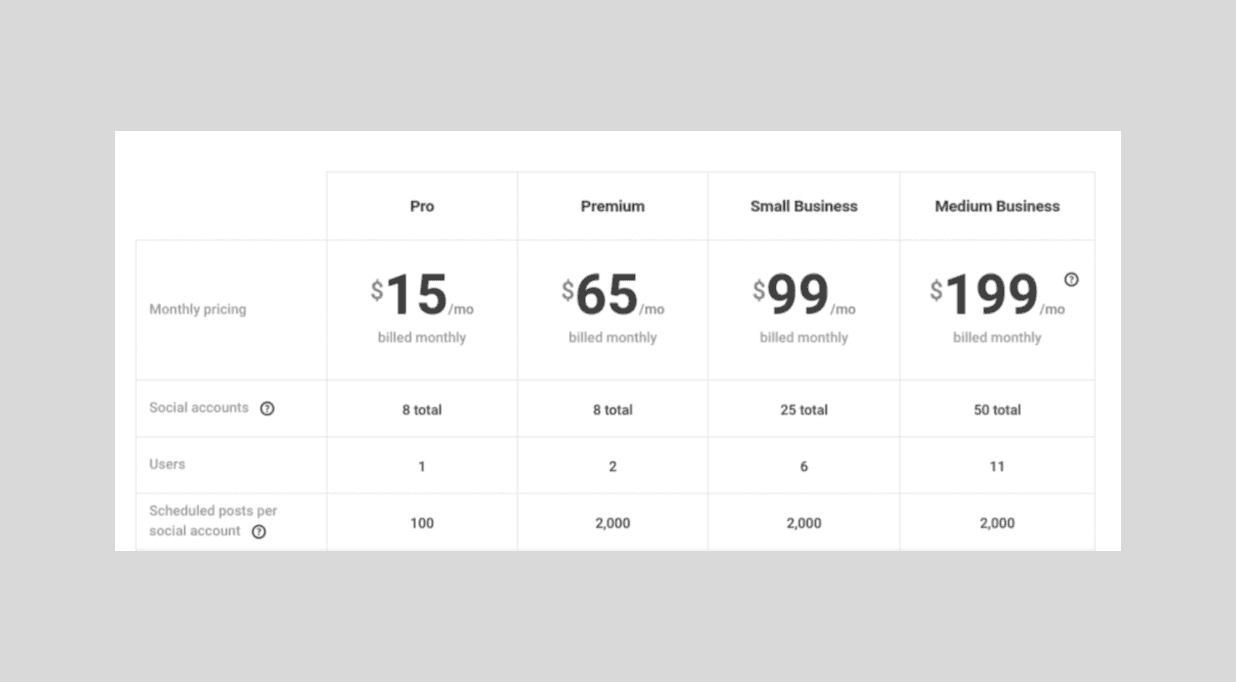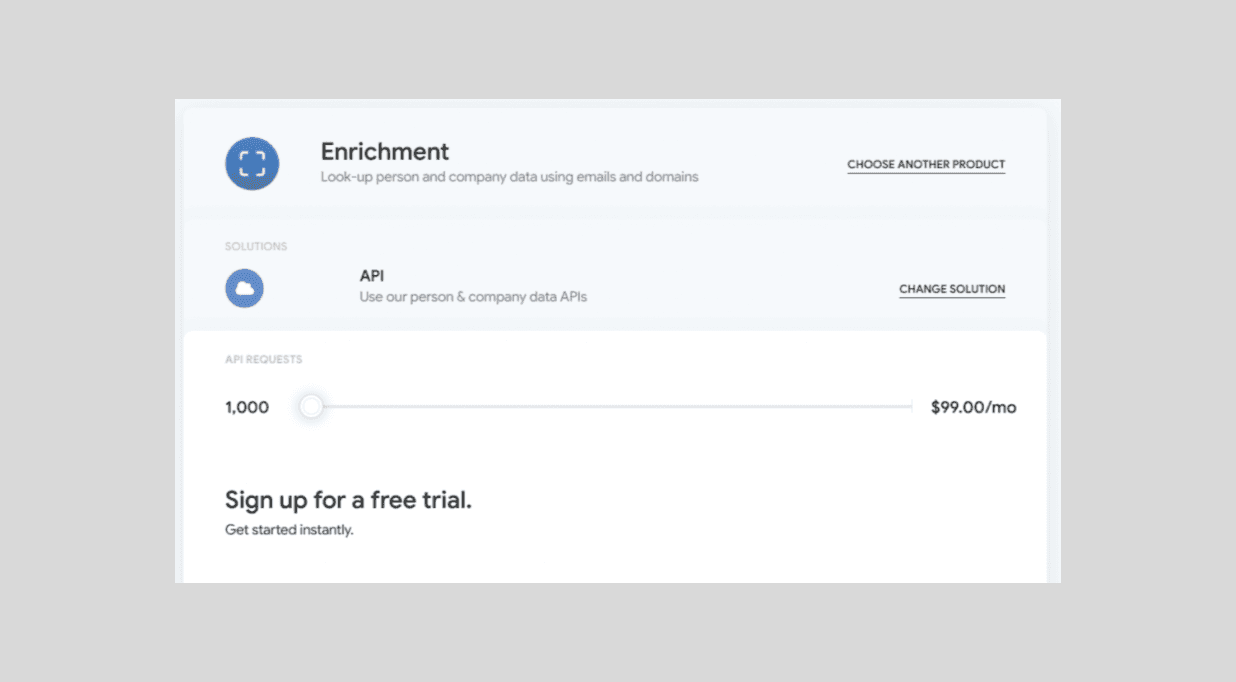Explore the World's Best Ideas
Join today and uncover 100+ curated journeys from 50+ topics. Unlock access to our mobile app with extensive features.
Overlooking a core revenue driver
Companies spend countless hours improving their product, tweaking their positioning, and acquiring new customers. Yet most subscription companies spend precious little time thinking about their pricing.
Data from 512 companies shows that monetization has nearly 2x the impact of acquisition efforts, and a massive 4x the improvement from time spent acquiring more customers.
17
153 reads
Fixed / flat-rate pricing model
Fixed pricing stays simple: a single product, a fixed set of features, and a fixed price per month.
Flat-rate pricing is easier to communicate and easier to sell. Adding valuable features? Raise your rate. Additional products? The fixed price goes on top of your base fixed rate.
But while flat-rate subscription pricing might be easy for potential customers to understand, it often means leaving money on the table. Keeping prices low means missing out on additional revenue from larger companies; and vice-versa, smaller companies might be priced out of higher-cost tools.
16
87 reads
Tiered pricing model
Allows companies to offer multiple packages with different features and product combinations available at different price points. The number of packages can vary, but most subscription companies offer two or three pricing tiers.
Beyond two or three options, however, things start to go downhill—offering too many choices leads to indecision and lower sales. It's easy to try appealing to many customer types with varying budgets by adding more and more tiers, leading to a lack of decision and lost sales.
17
80 reads
Per unit/user model
Per-user pricing is the go-to model for the majority of subscription companies. Pricing scales evenly along with the number of users — the more users, the more you can charge.
Charging for each new user does have downsides, though. It doesn't reflect the true value your product provides — more seats don't necessarily make the product more valuable for users. Charging per seat can also lead to users sharing logins across teams, cutting into your potential revenue.
16
64 reads
Usage model
Usage-based pricing is somewhat less common among SaaS businesses— it's mainly used by telecommunications companies and IT services.
It makes it easier for small companies to get started with your product while avoiding the high upfront fees charged by some subscription companies. On the other end of the scale, it also accounts for additional costs incurred by heavy users, charging them fairly based on the extra time and resources they're consuming.
Charging based on usage does, however, make it much harder to predict revenue, since billing can vary dramatically each month.
15
62 reads
IDEAS CURATED BY
CURATOR'S NOTE
I came across these ideas while reading growth.design case study for Zapier Upgrade: https://growth.design/case-studies/zapier-upgrade
“
Sabin Hantu's ideas are part of this journey:
Learn more about business with this collection
How to beat procrastination
How to enhance your creative thinking
How to create a smooth transition in a new endeavor
Related collections
Similar ideas
4 ideas
3 Ways to Employ Complex Usage-Based Pricing
chargify.com
5 ideas
5 Famous Business Models, That You Should Know
bstrategyhub.com
4 ideas
Read & Learn
20x Faster
without
deepstash
with
deepstash
with
deepstash
Personalized microlearning
—
100+ Learning Journeys
—
Access to 200,000+ ideas
—
Access to the mobile app
—
Unlimited idea saving
—
—
Unlimited history
—
—
Unlimited listening to ideas
—
—
Downloading & offline access
—
—
Supercharge your mind with one idea per day
Enter your email and spend 1 minute every day to learn something new.
I agree to receive email updates

